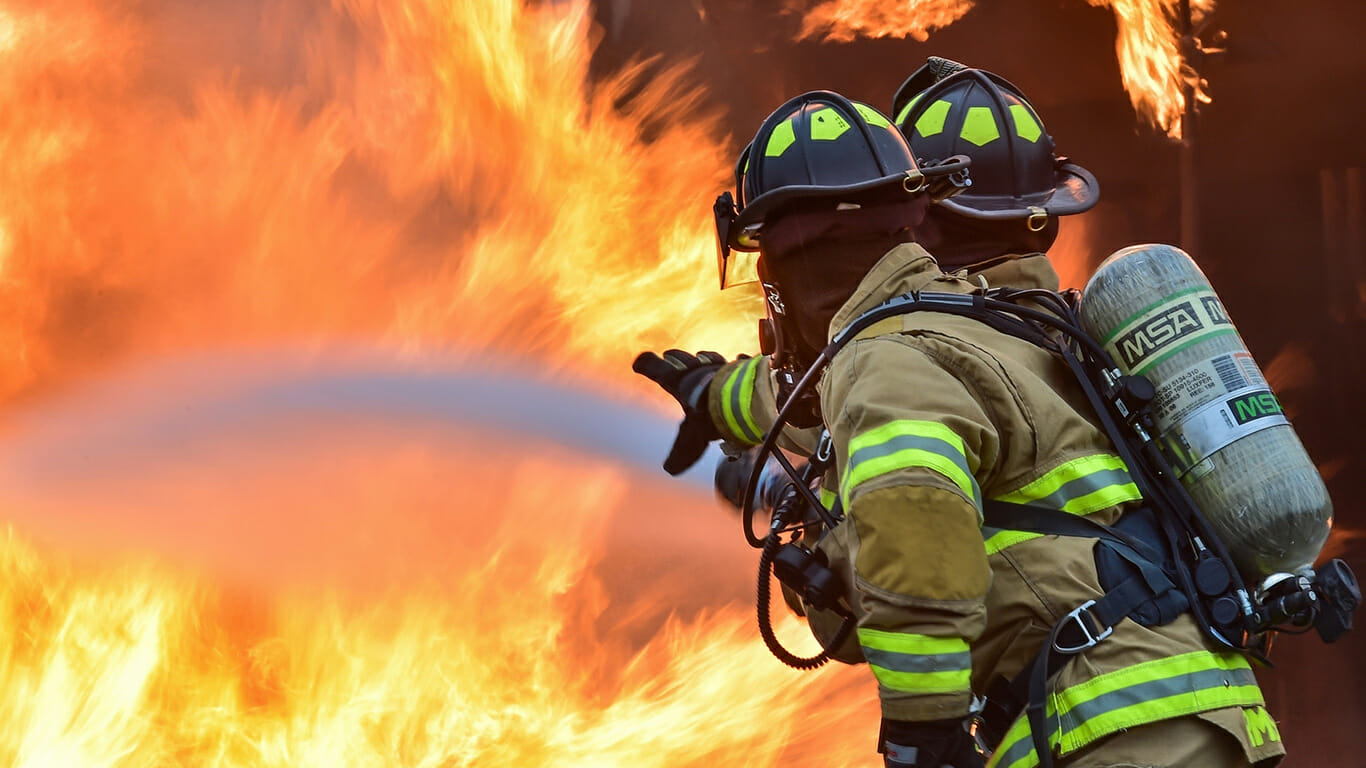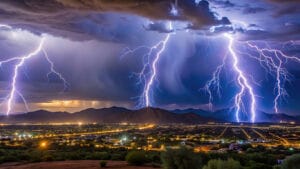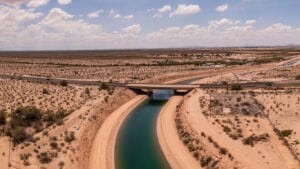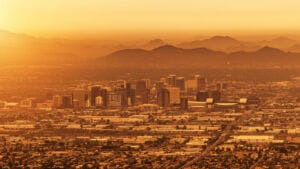Wildfires can be highly destructive to communities. Creating defensible space can help reduce this risk. The five-zone approach helps people harden their homes against wildfires. This guide lays out steps to make defensible space work by providing the best home and family protection practices.
Zone 1: Immediate Area
The first zone is the area around a home. It’s a critical space as it affects the safety of the entire structure. So, how do you prepare your home for a wildfire? You can start by keeping this area clear of combustibles. Regularly remove leaves, branches, and debris. Keep firewood and other flammable materials away. Also, ensure you water and mow any greenery to minimize the chance of combustion.
Zone 2: The Garden and Landscape
The second zone also concerns garden and landscaping elements. Selecting fire-resistant plants can considerably mitigate risk. Choose one with a large amount of moisture and minimal resin content. Replace mulch with gravel and stone so fires cannot spread. Also, ensure that trees and bushes do not form continuous flammable paths. Pruning regularly to keep the vegetation healthy reduces the chance of fire.
LOCAL NEWS: 10 things you may not know are manufactured in Arizona
INDUSTRY INSIGHTS: Want more news like this? Get our free newsletter here
Zone 3: Yard and Beyond
The third zone extends out into the rest of your yard, beyond the immediate garden. It should involve landscaping, grass, and lawns. Regular mowing will keep the grass short and thus less flammable. Clean the ground of decaying plants, fallen branches, and other leaves. You must construct sheds and similar structures with fire-resistant materials. When this area is free from debris, the property becomes much safer.
Zone 4: Property Perimeter
The fourth zone concerns the plot’s boundary. This area creates a buffer where the fire can be slowed or stopped. Putting in a gravel path, a driveway, and so on can serve as a shield. Consider using non-flammable fencing materials. Inspect the area around your home for dry material accumulation that could catch fire. This zone is the final line of protection, so you should keep it clear of potential hazards.
Zone 5: Adjacent Wildlands
Last but not least, the fifth zone links directly to wildlands. Collaborating with neighbors, local authorities, and community groups has the potential to make larger spaces safer. Promote regular clean-ups and clearing of fire-inducing plant species. As well, remain informed about local fire risks and community plans. Resources and knowledge sharing can make a crucial difference in preparations.
Community Involvement
Community engagement in wildfire readiness is critical. Collectively, you can solve the bigger puzzle. Hold neighborhood meetings and workshops to inform and educate residents. Sharing equipment collectively means that common resources, such as tools, can save each member money. More importantly, it instills a sense of community responsibility, which makes the whole community safer.
Regular Maintenance
Maintaining a defensible space requires regular upkeep. Frequent inspections and maintenance help prevent combustible materials from building up. Adapting practices to the weather is logical because risk levels can change with the seasons. Basic gutter and rooftop inspections can save homes from burning down. Monthly upkeep ensures the defensible space is in working order throughout the year.
Emergency Planning
Physical preparations are essential, but having a plan is just as critical. Create a detailed emergency plan for your household. Rehearse exit paths so everyone knows where to go. Always store emergency kits nearby, such as meals, water, and first-aid kits. Fire warnings and alerts are vital to getting the needed time to take action. During an emergency, a well-crafted plan will save lives.
Conclusion
Wildfire-defensible space requires planning and ongoing maintenance. Focusing on these five zones: immediate locations, gardens, yards, perimeter, and nearby wildlands will do much to mitigate wildfire risk. Working together with the community makes it even stronger. Keeping homes safe from wildfires is an ongoing process, but this guide gives a good base to work from.




